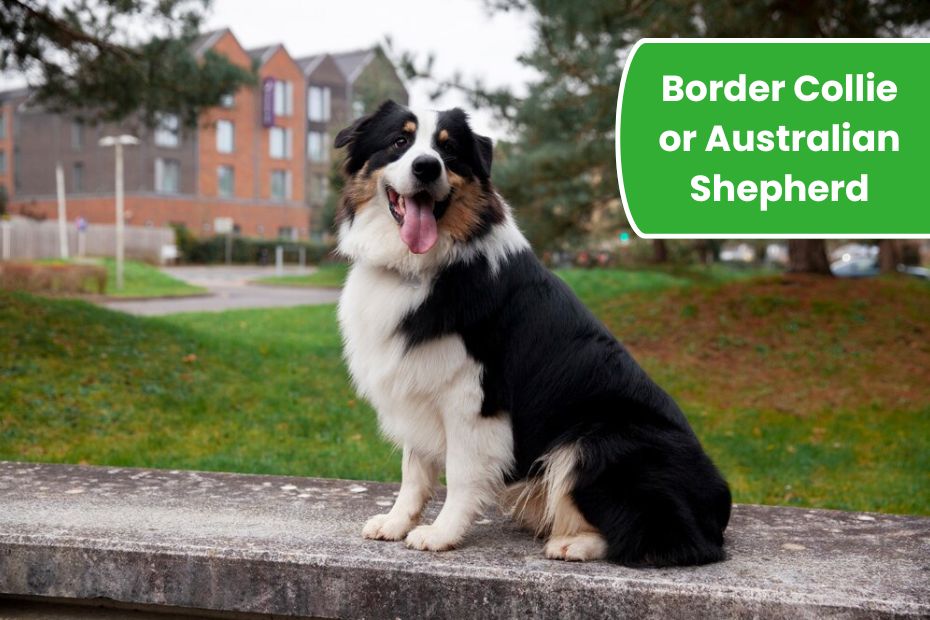Dogs, known for their loyalty and affection, have unique ways of expressing their happiness. As a dog owner, understanding your pet’s emotional cues is essential for building a strong, healthy bond. Dogs can’t speak in human language, but they show their feelings through body language, behaviors, and reactions. Knowing how to read these signs can assure you that your dog is living a joyful, fulfilled life.
In this article, we’ll explore 12 key signs that indicate your dog is happy and how you can encourage their ongoing happiness.
1. Relaxed Body Language
One of the clearest indicators of a happy dog is relaxed body language. A content dog will have a soft, loose posture, with their body appearing wiggly and at ease. Their tail may sway gently, their mouth may be slightly open, and their ears will be in a neutral, relaxed position. Unlike a tense or scared dog, a happy dog’s muscles are not stiff, and they may stretch or roll onto their back, exposing their belly as a sign of trust.
2. Wagging Tail with the Right Vibe
A wagging tail is often seen as the ultimate sign of happiness. However, the type of wag matters. A happy dog will wag their tail with broad, sweeping motions, often wagging their whole back end along with it. If the tail is held at a mid to low position and moves freely, it’s a good indicator of happiness. Be cautious of stiff, high-held tails or rapid, tight wags, which can signal tension or overexcitement.
3. Playfulness and High Energy
Happy dogs often display playful behavior, showing enthusiasm for games, walks, and interaction. They may initiate play by bringing you toys, performing play bows, or gently nudging you with their nose. This desire to engage is a strong signal that your dog feels secure, loved, and joyful in your presence.
4. Good Appetite and Enjoying Food
A happy and healthy dog typically has a good appetite. They show excitement at mealtime, eagerly eat their food, and may even do a happy dance when they see you preparing it. Loss of interest in food could indicate emotional or physical issues, while steady enthusiasm for meals is a reassuring sign of well-being.
5. Healthy Sleep Patterns
Content dogs sleep well and maintain consistent sleep patterns. They may choose cozy spots around the house and feel comfortable enough to sleep deeply. Anxious or unhappy dogs often experience disrupted sleep, may pace at night, or display restless behavior.
6. Affectionate Behavior
Happy dogs love to show and receive affection. They seek out petting, cuddling, and enjoy your company. They might lean into you, offer gentle kisses, or rest their head on your lap. This closeness is a sign of trust, comfort, and emotional satisfaction.
7. Bright Eyes and a Soft Expression
A joyful dog’s eyes are bright, soft, and expressive. Their facial muscles are relaxed, giving them a calm and friendly appearance. You won’t see furrowed brows, tense lips, or wide, fearful eyes if your dog is truly content.
8. Social Behavior with Humans and Other Dogs
Social interaction is a significant sign of canine happiness. Happy dogs are typically friendly with people and other dogs, showing curiosity and excitement rather than fear or aggression. They may wag their tail, sniff politely, or invite others to play.
9. Willingness to Explore
When dogs feel safe and content, they are more likely to explore their surroundings confidently. They sniff, investigate new scents, and roam with curiosity. An uninterested or hesitant dog may be signaling stress or discomfort, while a curious one is showing mental engagement and happiness.
10. Healthy Grooming Habits
Dogs that are mentally and physically healthy engage in regular self-grooming. You may notice them licking their fur, cleaning their paws, or gently scratching. Excessive licking or neglecting grooming, however, can be a sign of distress or illness and warrants attention.
11. Playful Vocalizations
Dogs may use playful barks, grunts, or happy growls to express joy, especially during playtime. A happy dog’s bark will often be high-pitched and accompanied by a wagging tail and playful behavior. Conversely, low, sharp, or repeated barking can signal distress or anxiety.
12. A Calm Response to Routine
When your dog is content, they respond calmly to daily routines, such as leash time, feeding, or your departures and arrivals. They trust that their needs will be met and feel secure in their environment. Overexcitement, destructive behavior, or anxiety in these situations can suggest emotional imbalance.
How to Keep Your Dog Happy
Understanding these signs is only the first step. To ensure your dog remains happy, you should:
- Provide regular exercise to release energy and prevent boredom.
- Offer mental stimulation through toys, puzzles, and new experiences.
- Maintain a healthy, balanced diet suited to your dog’s breed and age.
- Create a safe, loving environment where your dog feels secure.
- Schedule regular vet visits to keep your dog physically healthy.
- Spend quality time through play, training, and cuddles.
Conclusion
Dogs are incredibly intuitive and show their feelings through body language, behavior, and interaction. By learning to read these 12 signs of a happy dog, you can deepen your bond and make sure your furry friend is living their best life. A happy dog is a reflection of a loving, responsible owner, and with attention, care, and affection, your canine companion will thrive emotionally and physically.
